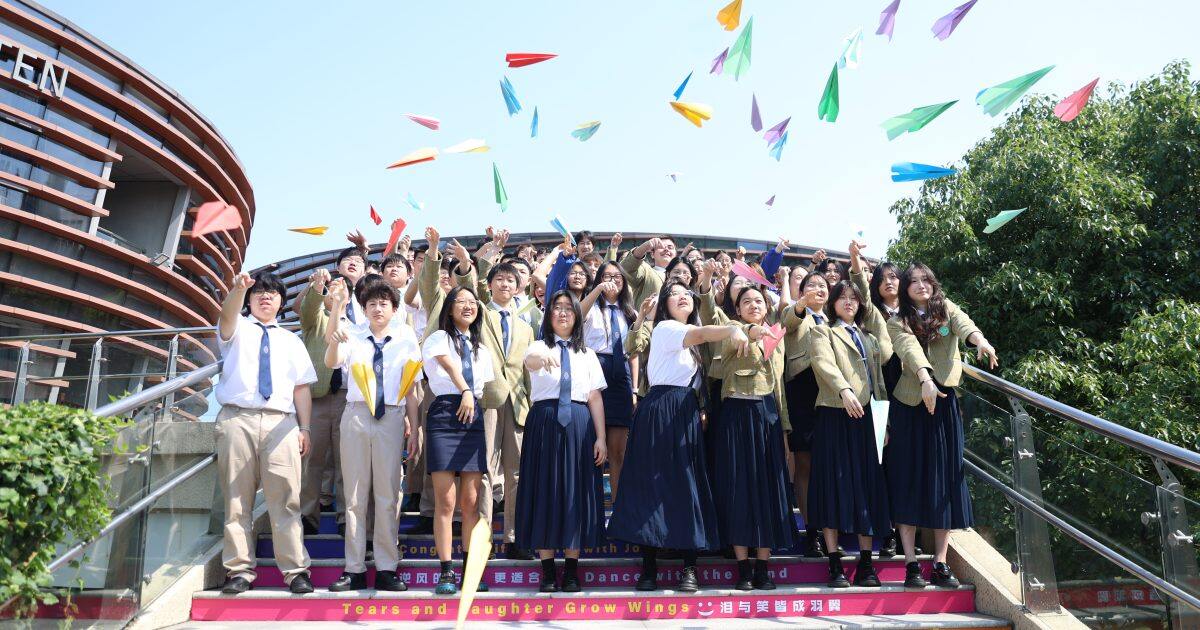Click the link to view the full version: WASCZ丨Tackling Water Scarcity Through Project-Based Learning
Tackling Water Scarcity Through Project-Based Learning
Introduction
Project-based learning (PBL) has proven to be an effective educational approach that engages students in hands-on activities and real-world problem-solving. In this article, we explore a remarkable project undertaken by Grade 7 students in their Geography class, where they tackled the critical issue of water scarcity in developing countries. The project aimed to develop business proposals that would offer sustainable solutions to alleviate water scarcity and promote access to clean water in these regions.
Understanding Water Scarcity
Before delving into the project itself, the students were introduced to the concept of water scarcity and its impact on communities. They learned about the causes and consequences of water scarcity, including the unequal distribution of water resources, pollution, and the effects of climate change. This foundational knowledge laid the groundwork for their subsequent work.
To narrow down the scope of their project, the students researched and identified specific developing countries that faced significant challenges in accessing clean water. They considered various factors such as geographical location, population, and existing water management infrastructure. Each student or group of students then selected a country to focus on throughout the project.
The students conducted extensive research to gain a comprehensive understanding of the water scarcity issues prevalent in their chosen country. They explored existing initiatives, analyzed water usage patterns, and identified potential barriers to access clean water. Drawing upon this knowledge, they brainstormed innovative business proposals that would help address these challenges effectively.
Business Proposal Elements
The business proposals developed by the students were multifaceted and incorporated various elements, aiming to tackle water scarcity from different angles. Some common components of their proposals included:
1. Water Conservation and Infrastructure
Students proposed methods to conserve water and improve infrastructure through the implementation of efficient water management systems.
2. Education and Awareness Campaigns
Recognizing the importance of education, the studentsdeveloped strategies to raise awareness about water conservation and hygienepractices. They designed informational campaigns, posters and interactivesessions to engage local communities, schools, and government entities.
3. Community Engagement
The entities would work closely with community members to monitor water usage, implement sustainable practices, and ensure the long-term success of the proposed solutions.
4. Technological Solutions
Leveraging their knowledge of technology, the studentsexplored the potential use of innovative solutions such as solar-powered waterpumps, water purification systems, and mobile applications for water managementand monitoring.
5. Cross-Curricular Activities
This project gave students insight into working with different subjects such as ICT, Business, Economics and Maths.
Once the business proposals were developed, the students presented their ideas to their classmates, teachers, and invited guests. These presentations allowed them to refine their communication skills, receive feedback, and showcase their understanding of the water scarcity issue. Following the presentations, the students engaged in reflective discussions, sharing their thoughts on the challenges encountered during the project and the potential impact of their proposed solutions.
Conclusion
The project-based learning initiative undertaken by these Grade 7 geographers exemplified the power of education in addressing real-world problems. By researching and developing business proposals to tackle water scarcity in developing countries, the students gained a deeper understanding of global challenges while fostering creativity, critical thinking, and collaboration skills. Through their efforts, they demonstrated that even at a young age, they can contribute meaningfully to creating a more sustainable world.
More News



